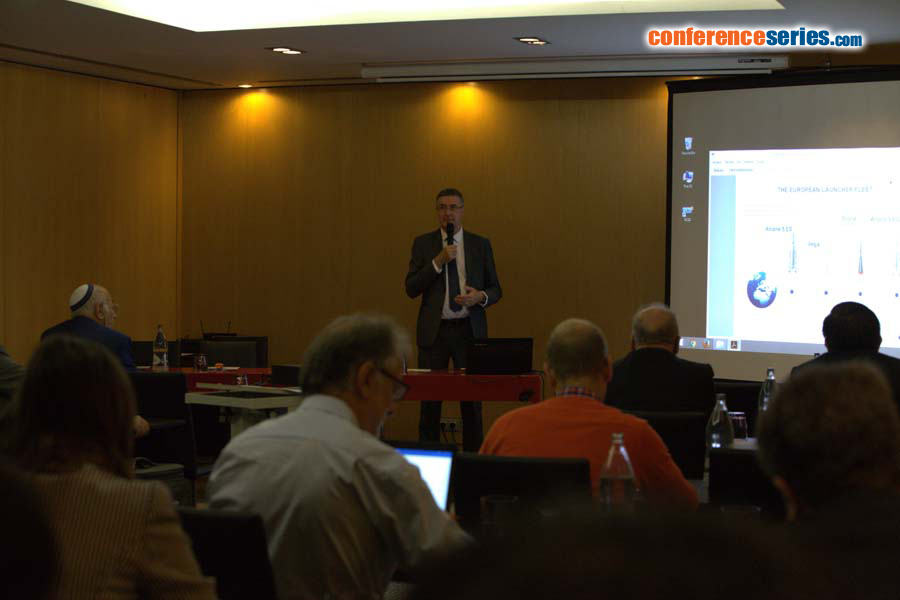
Jean-Marc Astorg
National Center for Space Studies (CNES)
France
Title: The panorama of European launchers and their evolution
Biography
Biography: Jean-Marc Astorg
Abstract
Currently, Arianespace operates three launch vehicles from the Guiana Space Centre:
- The heavy-lift launcher Ariane 5, which entered into service in 1996, has so far achieved 77 successful launches in a row since 2002. It is designed to place two heavy telecommunications satellites into geostationary transfer orbit.
- The medium-lift launcher Soyuz ST, for which Europe built a launch complex in French Guiana following the cooperation agreement signed with Russia in 2003. Operational since 2011, it has performed 16 launches from the Guiana Space Centre, and is fundamentally purposed to launch the Galileo satellite navigation constellation and other European institutional satellites (Earth observation, science).
- The lightweight Vega, whose development in 1997 was strongly advocated by Italy, realized its maiden flight in 2012 and has had nine successful launches since then. The Vega rocket is specifically designed to launch commercial or scientific missions with a mass lower than 1.5 tonnes in Low Earth Orbit.
With this array of launch vehicles, Arianespace currently enjoys the availability of a fleet covering almost the full spectrum of the launch market in terms of both mass and orbits. The company remains the leading service provider on the open commercial market.
However, owing to the development of new launch vehicles throughout the world, in recent years the launch service sector has indeed witnessed a hardening of competition. Therefore, the ESA Ministerial Conference of December 2014 eventually took some important decisions intended to provide Arianespace with the necessary tools to better cope with the increasing global competition: an upgraded launcher – Ariane 6 – that will be 50% cheaper than Ariane 5, and a guaranteed market of five institutional launches per year at European level. At the Ministerial, ESA Member States also decided to proceed with the development of a new version of the Vega rocket: named Vega-C, it will be more efficient and will better meet the market needs of European small satellites. Ariane 6 and Vega C will make use of a common engine to reduce costs.
The Ariane 6 programme is under development with a scheduled maiden flight in 2020.
Although with Ariane 6 and Vega C, Europe will posses a range of advanced and cost-effective launch vehicles, the current pressures to reduce costs for accessing space are likely to remain a major trend in the long run. Therefore, the ESA Ministerial Conference of December 2016 also decided to fund the development of a low cost engine dubbed Prometheus that could equip the Ariane 6 evolutions either in an expandable or reusable mode







